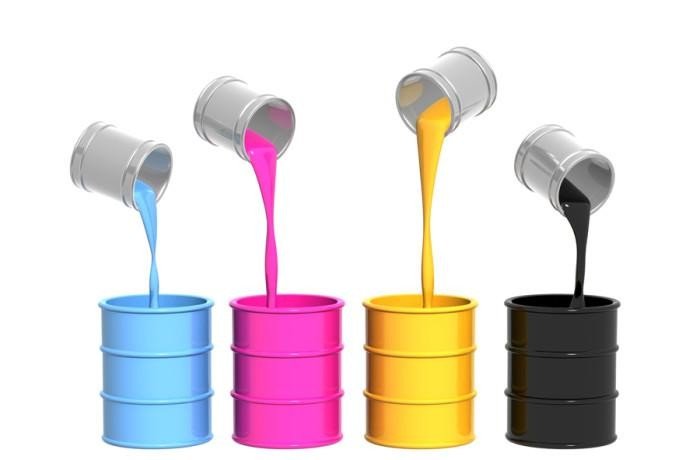Substrate Secrets: The Ultimate Guide to Printing Materials Across Industries

The Material That Makes or Breaks Your Print
Picture this: You’ve designed the perfect graphic, calibrated your printer to perfection, and invested in top-tier ink. But the moment it touches the substrate, everything falls apart. The ink doesn’t adhere, colors bleed, or the material warps beyond recognition.
Welcome to the critical world of printing substrate compatibility—where the right material can transform a good print into a masterpiece, and the wrong one can turn your project into a costly disaster.
Why Substrate Matters More Than You Think
In the intricate universe of printing, the substrate is far more than just a surface. It’s the foundation of your entire print project, the canvas that can make or break your creative vision.
Decoding Printing Substrates: The Comprehensive Overview
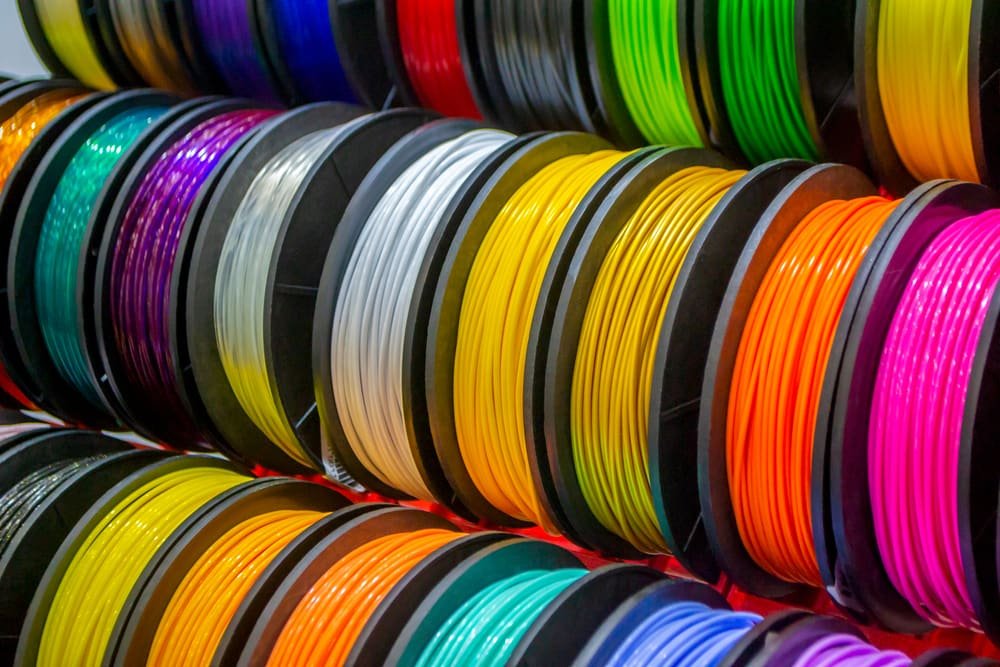
What Exactly is a Printing Substrate?
A printing substrate is any surface material that receives printed information. From paper to plastic, metal to fabric, each substrate tells a unique story of printing possibilities and challenges.
The Substrate Ecosystem
- Defines print quality
- Impacts ink adhesion
- Determines durability
- Influences final product performance
Substrate Compatibility: A Deep Dive into Materials
1. Paper-Based Substrates: The Classic Canvas
Types of Paper Substrates
- Coated Paper: Smooth, ideal for high-resolution images
- Uncoated Paper: Natural feel, excellent for text
- Specialty Papers: Textured, metallic, recycled options
Compatibility Factors
- Ink absorption
- Surface smoothness
- Weight and thickness
- Printing method compatibility
- Synthetic Substrates: The Modern Innovators
Key Synthetic Materials
- Polypropylene: Durable, water-resistant
- Polyester: High-strength, dimensional stability
- Vinyl: Flexible, outdoor-friendly
- Mylar: Transparent, heat-resistant
Industrial Applications
- Packaging
- Signage
- Labels
- Technical documentation
- Metal Substrates: Printing on the Impossible
Metal Printing Options
- Aluminum Sheets: Lightweight, corrosion-resistant
- Stainless Steel: Durable, premium finish
- Copper: Unique aesthetic, specialized applications
Printing Challenges
- Surface preparation
- Ink adhesion
- Heat resistance
- Special coating requirements
- Textile Substrates: Printing Wearable Art
Fabric Printing Technologies
- Screen Printing
- Digital Textile Printing
- Sublimation Printing
- Direct-to-Garment (DTG)
Substrate Considerations
- Fiber composition
- Stretch and shrinkage
- Color absorption
- Washing durability
- Specialized Substrates: Beyond the Ordinary
Unique Printing Surfaces
- Glass
- Ceramics
- Wood
- 3D-printed objects
- Edible surfaces (food printing)

Substrate Selection: A Strategic Approach
Factors to Consider
- Printing Method
- Inkjet capabilities
- Screen printing limitations
- Offset printing requirements
- Environmental Conditions
- Indoor vs. outdoor use
- Temperature exposure
- Moisture resistance
- Intended Application
- Marketing materials
- Industrial labeling
- Artistic expression
- Technical documentation
Industry-Specific Substrate Solutions
Manufacturing
- Durable, chemical-resistant materials
- High-temperature substrates
- Precision marking surfaces
Healthcare
- Sterilization-compatible materials
- Smooth, cleanable surfaces
- Regulatory compliance substrates
Automotive
- Heat-resistant materials
- Vibration-proof printing
- Chemical-resistant surfaces
Fashion and Textiles
- Soft, flexible substrates
- Color-fast printing materials
- Stretch-compatible surfaces
Emerging Trends in Substrate Technology
- Biodegradable printing materials
- Smart substrates with embedded technologies
- Nano-coating for enhanced print quality
- Sustainable and recycled substrate innovations
Expert Substrate Selection Checklist
- Understand printing method limitations
- Test substrate compatibility
- Consider environmental factors
- Evaluate long-term performance
- Check color retention capabilities
- Assess cost-effectiveness
Pro Tips from Industry Experts
- Always perform substrate testing
- Invest in material-specific inks
- Consider total lifecycle of printed material
- Stay updated on technological advancements
- Collaborate with substrate manufacturers
Conclusion: Mastering the Substrate Symphony
Substrate compatibility is an art and a science. It’s about understanding the intricate dance between ink, surface, and printing technology.
Final Insight
In the world of printing, your substrate is not just a material—it’s the silent storyteller of your creative vision.
Glossary of Substrate Terms
- Adherence: Ink’s ability to stick to a surface
- Substrate: Printing surface material
- Coating: Layer applied to modify substrate properties
- Porosity: Material’s ability to absorb or resist liquids
- Surface Energy: Molecular characteristic affecting ink interaction





 Boards / Sheets
Boards / Sheets
 Rolls
Rolls
 Small Machines
Small Machines
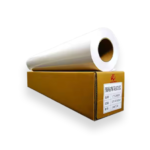 Sticker Paper
Sticker Paper
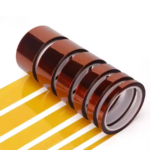 Tab / Strap
Tab / Strap
 Wire
Wire



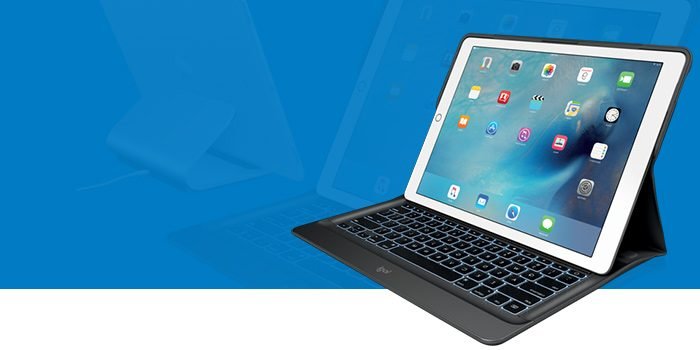

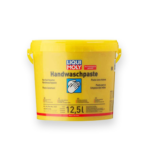 Cleaners
Cleaners
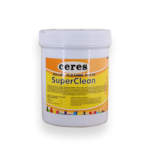 Glue / Gum
Glue / Gum
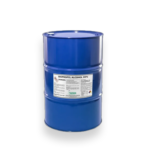 Printing Chemicals
Printing Chemicals
